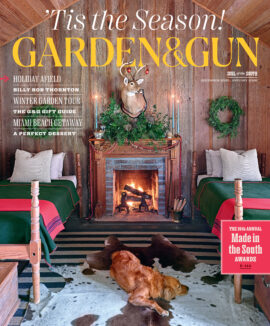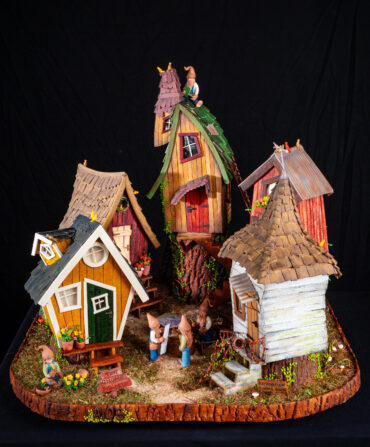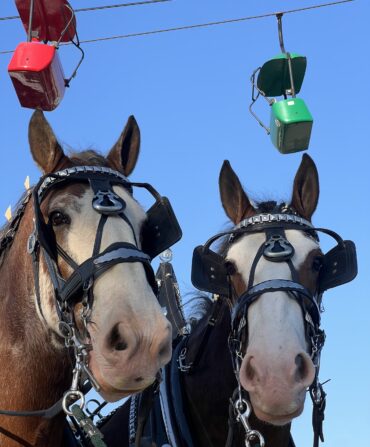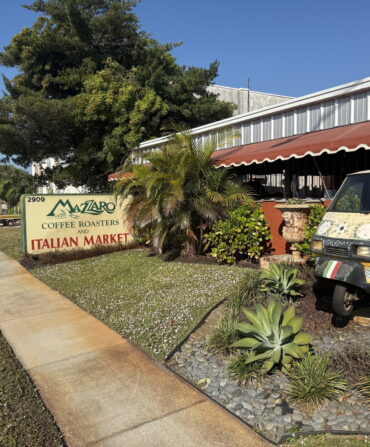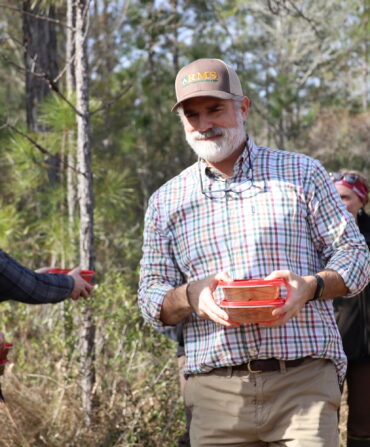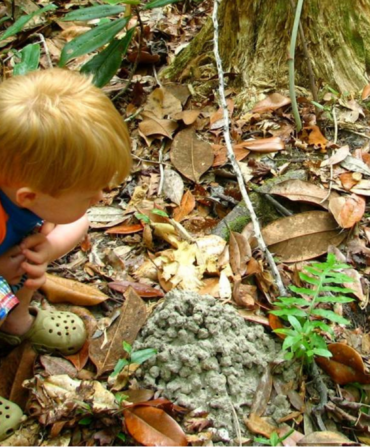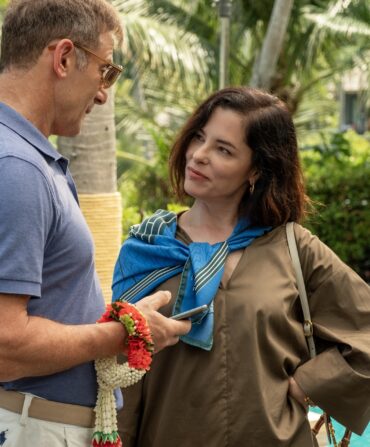Amid the plastic pageantry of Pigeon Forge, Tennessee—its mountain coasters, dinner theaters, putt putt courses, and museums for every sixth-grade social studies obsession from the Titanic to Alcatraz—Dollywood stands unmatched. Tucked into a hillside, Dolly Parton’s Appalachian Eden is equal parts materialism and mysticism, juxtaposing butterflies and glitter against wooden coasters and the natural beauty of the Smokies. The giggles and delighted screams of children of all ages mingle with bluegrass music playing over the speakers. The smell of cinnamon bread is as profuse as the mountain air.
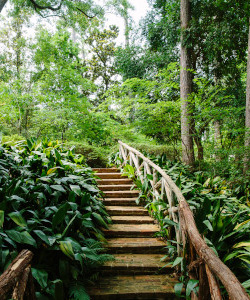
Forty years after it opened, Dollywood is the most-visited ticketed attraction in the state, with roughly 3.8 million people making the trek each year. “The most rewarding part of what I do every day is the ability to go walk through the park and see families of all shapes and sizes having their best day of the year,” says Pete Owens, Dollywood’s vice president of marketing and public relations, who has worked at the park for twenty-five years.

Although Dollywood feels intrinsic to the landscape, the park actually evolved from a long line of amusement ancestors. In 1961, a Wild West–themed park called Rebel Railroad launched with its signature attraction, a 1943 coal-fired steam train. Rebel Railroad would later morph into Goldrush Junction (owned by Art Modell, the then-owner of the Cleveland Browns, who used the park as a place for his players to work in the summertime), and add such draws as a log flume ride that debuted at the 1964 World’s Fair in New York. In 1976 Jack and Pete Herschend purchased the park and reopened it the following year as Silver Dollar City, spotlighting traditional Appalachian crafts like blacksmithing, wood carving, and glassblowing.
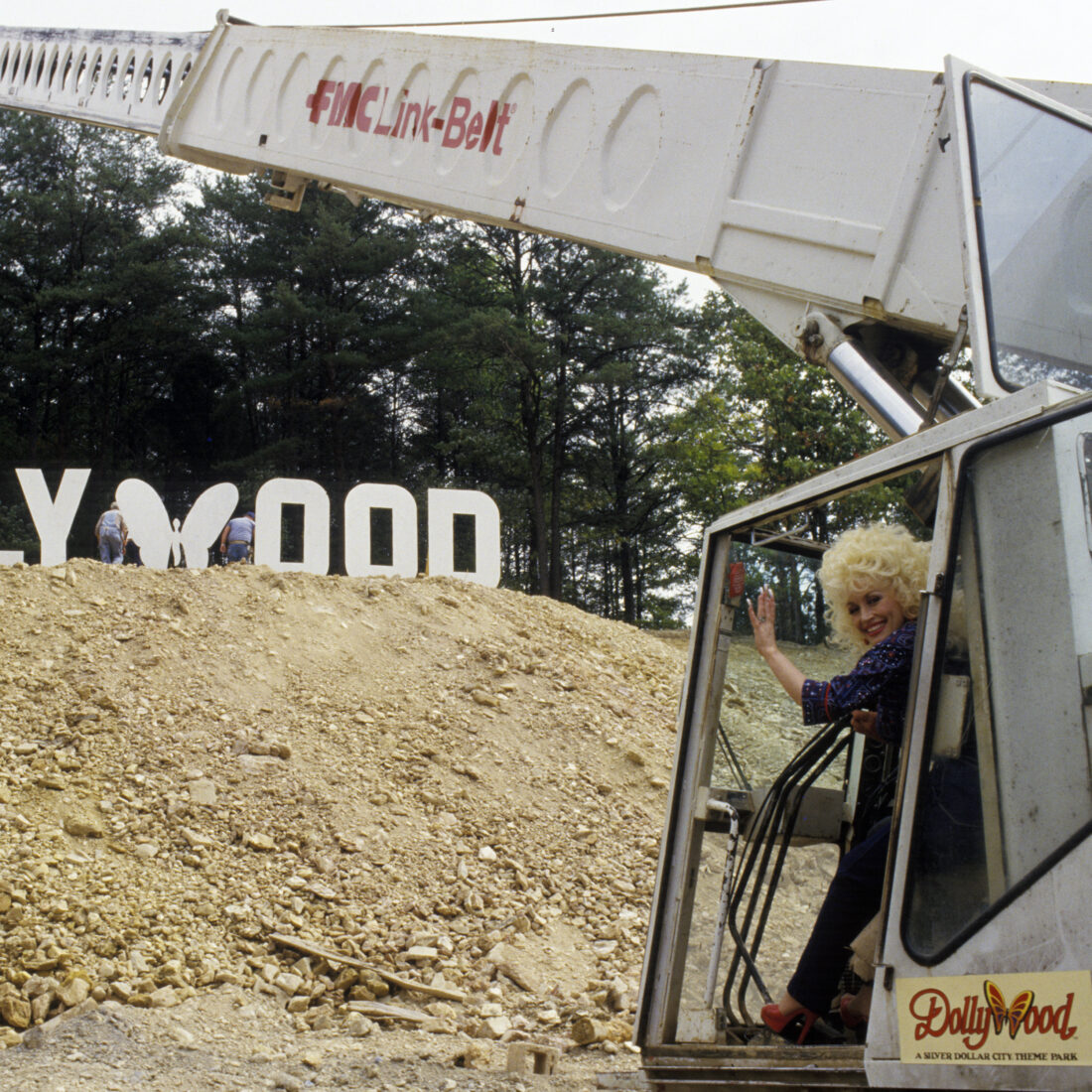
“Then in 1982, Dolly did an interview with Barbara Walters, and Barbara asked her what she wanted to do next,” Owens says. “Among the things she wanted to do was open a theme park in her home area—she referenced it as a Smoky Mountain fairyland—where her people could work.” The Herschend brothers reached out to her to join forces, and on May 3, 1986, Dollywood debuted with a handful of attractions that are still in operation today, including the Smoky Mountain River Rampage, Aunt Granny’s Restaurant, and the Back Porch Theater. Some beloved spots, such as Craftsman’s Valley and the Robert F. Thomas Chapel—named, coincidentally, after the doctor who delivered Dolly as a baby in exchange for a sack of cornmeal—already existed at Silver Dollar City, while other favorites would be added over the decades.
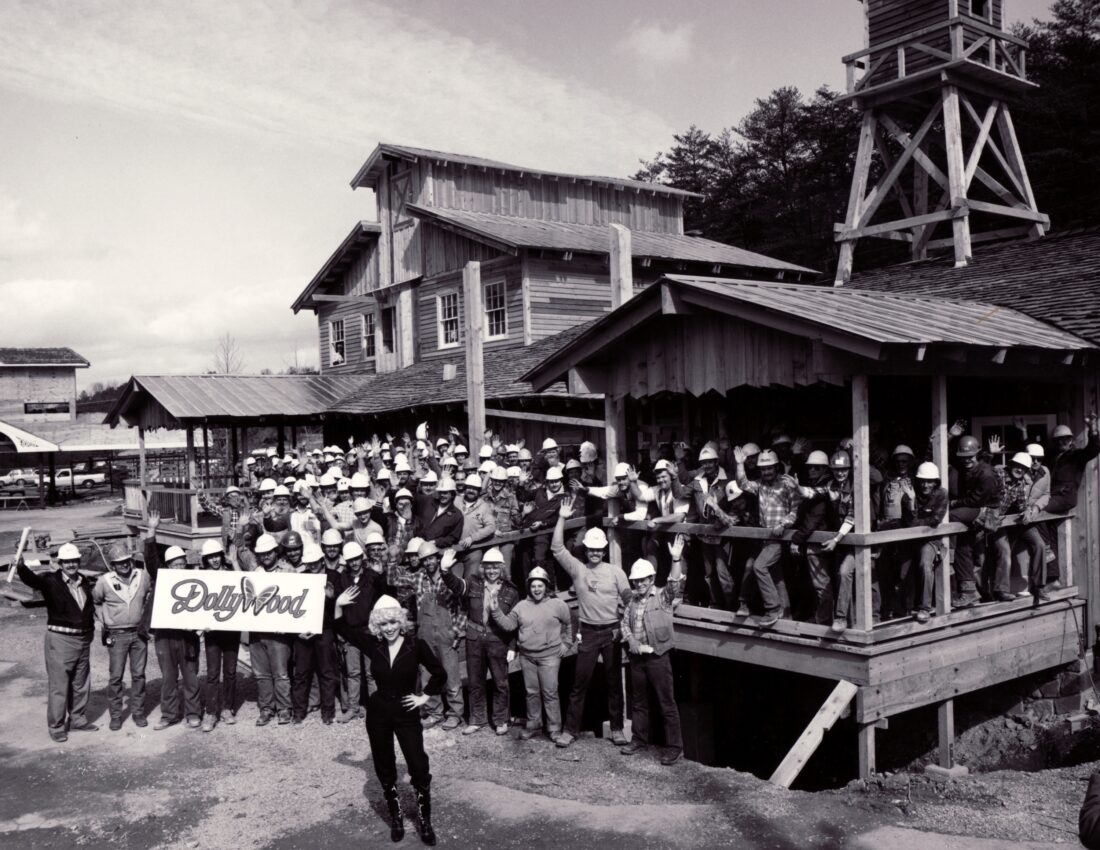
The park was an immediate success. In its inaugural year as Dollywood, attendance increased by about 75 percent. “I think part of that is the affinity to Dolly,” Owens says. Indeed, Dollywood mirrors its namesake rhinestoned superstar in a lot of ways, including its emphasis on excess. During the fall Harvest Festival, the mountain foliage gets illuminated by more than twelve thousand jack-o-lanterns. Every December, six million Christmas lights bedeck the attractions. The Spotlight Bakery near the park’s entrance makes an apple pie that weighs twenty-five pounds, and if you were to line up every nine-inch loaf of cinnamon bread sold in 2024 end to end, the chain would stretch for 1,009 miles.

But Dolly’s strongest appeal is her unique ability to be so many things to so many people: She’s innovative and familiar; flamboyant and humble; old-fashioned and welcoming to all. Dollywood, too, toes that line. Just steps from the Wild Eagle roller coaster, which blazes sixty-one miles per hour twenty-one stories above the ground, visitors can peek into the quiet Eagle Mountain Sanctuary, home to the largest group of rehabilitated, non-releasable bald eagles in the country. A reproduction of Dolly’s tattered Coat of Many Colors hangs in the Songteller museum, and across the way, her big wigs and tall shoes get display space beside jewel-covered outfits she wore on red carpets and album covers.
There are new attractions every season, but the classics—the nostalgia-inducing replica of her two-room childhood cabin and that 1940s steam engine—aren’t going anywhere. “We do research about every other year where we ask people what the most important things are for us to preserve and protect,” Owens says. Often their findings inform the new additions. For the anniversary year, the park is opening a dedicated Imagination Playhouse to showcase stories from Dolly’s Imagination Library, while also premiering a new show called “Play On,” which pulls from past park favorites. This year, Dolly will also release an album of songs she’s composed for the park through the years and launch an iHeartRadio channel.
Of course, it all comes with a sprinkle of Dolly’s signature kitsch. “We have put up a Dollywood sign like the one in Los Angeles that Dolly was initially inspired by,” Owens says. “I think it’s going to be the number-one Instagrammed spot in the park this year.”

